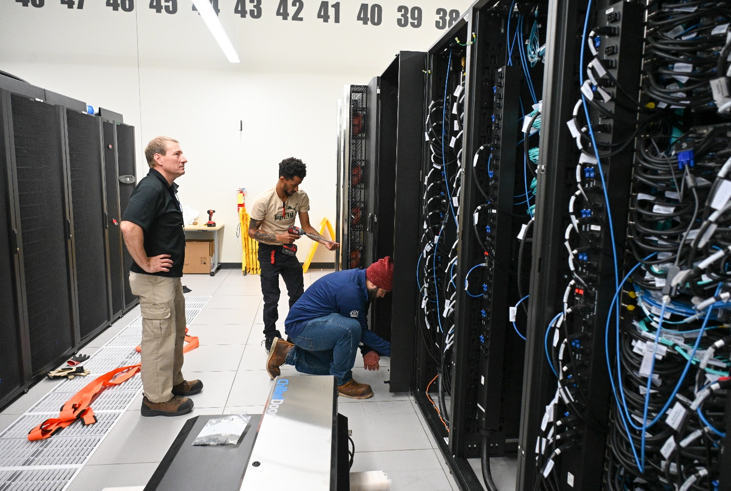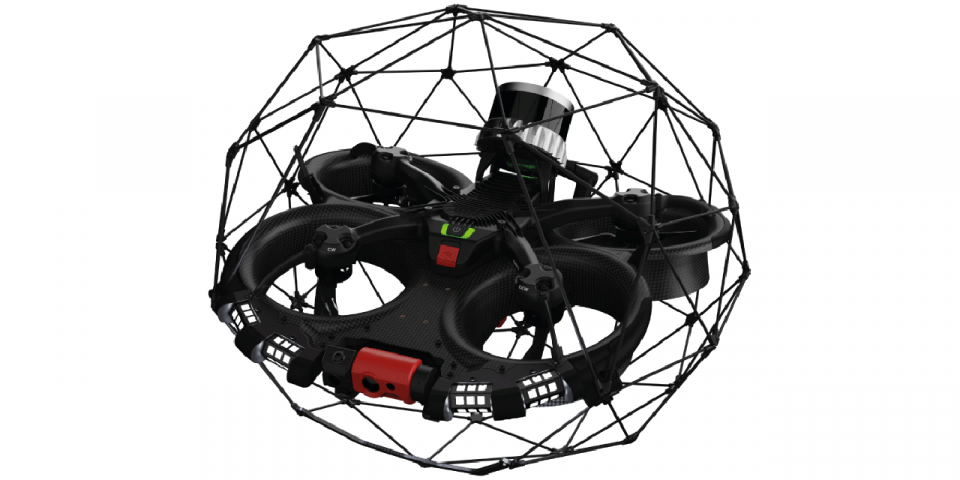INL accelerates nuclear energy research with Bitterroot supercomputer

A new supercomputer named Bitterroot started operating in June at Idaho National Laboratory’s Collaborative Computing Center (C3) and is speeding up nuclear energy research by improving access to modeling and simulation tools. Bitterroot arrived at INL in March, and the announced July 15 that the supercomputer was open to users on June 18 after installation and an extensive program of testing.
Bitterroot joins other high-performance computing (HPC) resources at INL—including Sawtooth, C3’s flagship supercomputer—that can be accessed through the Department of Energy’s Nuclear Science User Facilities (NSUF) for nuclear energy–related research projects at no cost to the user. More than 1,300 researchers currently access HPC resources at the lab, according to the DOE, which celebrated the additional capacity from Bitterroot on July 15.
Bitterroot’s range: Bitterroot is a Dell-based CTS-2 that offers more than 43,000 processing cores with 3 petaflops of performance. Importantly, it is the first system supported by NSUF to offer high-bandwidth memory, and that will speed up computations in certain applications that previously have been slowed down by bandwidth limitations.
“NSUF’s flagship Sawtooth supercomputer is unable to keep with the high demand for high-priority, complex operations on its own,” the DOE said.
According to INL, Bitterroot’s memory “will improve performance for memory-bandwidth-limited applications like the Multiphysics Object Oriented Simulation Environment, better known as MOOSE, framework. MOOSE is the foundation for many of the tools that aid advanced nuclear research that support the existing reactor fleet as well as the development and eventual licensing of new designs.”

The installation process for the Bitterroot supercomputer. (Photo: INL)
High-performance computing: “INL high performance computing is unique in that 80-90 percent of our computer cycles are dedicated to nuclear energy research,” said Matthew Anderson, manager of the High-Performance Computing group at INL. “Bitterroot brings us a new capability and additional capacity as we prepare for additional long-term investments in new computing resources.”
HPC allows engineers and scientists to model a wide variety of complex variables in advanced reactor materials and fuels before construction begins, such as how steel or concrete degrade over time and what byproducts build up in nuclear fuel. Supercomputers can support physical experiments by performing simulations to predict how materials will perform. Those predictions can be used to select the most promising experiments, which could reduce the time and cost required for technology development.
C3 was built in 2019 as a 67,000-square-foot facility equipped to host multiple supercomputers. In addition to Bitterroot, C3 is also home to Sawtooth (ranked the 37th fastest-performing supercomputer when it was installed in 2020) and INL’s other systems: Lemhi, Hoodoo, and Viz. In fiscal year 2023, the lab’s supercomputers provided users with 939 million core hours on more than 3.7 million jobs, according to INL.
Filling a gap: Bitterroot will be able to claim status as the NSUF’s newest supercomputer for just about one year. It will help bridge the gap in modeling and simulation needs while the NSUF works to bring its next flagship supercomputer—Teton—online in 2025.
Teton is anticipated to be three times as powerful as Sawtooth. Bitterroot and Sawtooth will continue operating after Teton comes online to help meet the high user demand from industry, national laboratories, and academia.
Bitterroot gets its name from an Idaho mountain range and continues INL’s tradition of naming its high-performance computers after Idaho landmarks. Sawtooth and Teton are also ranges in the Rocky Mountains.
More on the NSUF: The NSUF is the DOE Office of Nuclear Energy's only designated nuclear energy user facility. NSUF resources include test reactors, beamlines, post-irradiation examination, and HPC at university, national laboratory, and industry partner sites.
“Not every company in the nuclear industry has its own gamma irradiation facility or supercomputer, but we’re all working toward the same goal of deploying more carbon-free nuclear energy,” said NSUF director Brenden Heidrich. “You never know who will make the next breakthrough, and partnerships like NSUF are vital to help level the playing field.”
To learn more about how you can access Bitterroot and INL’s other supercomputers, visit the lab’s HPC website here.






